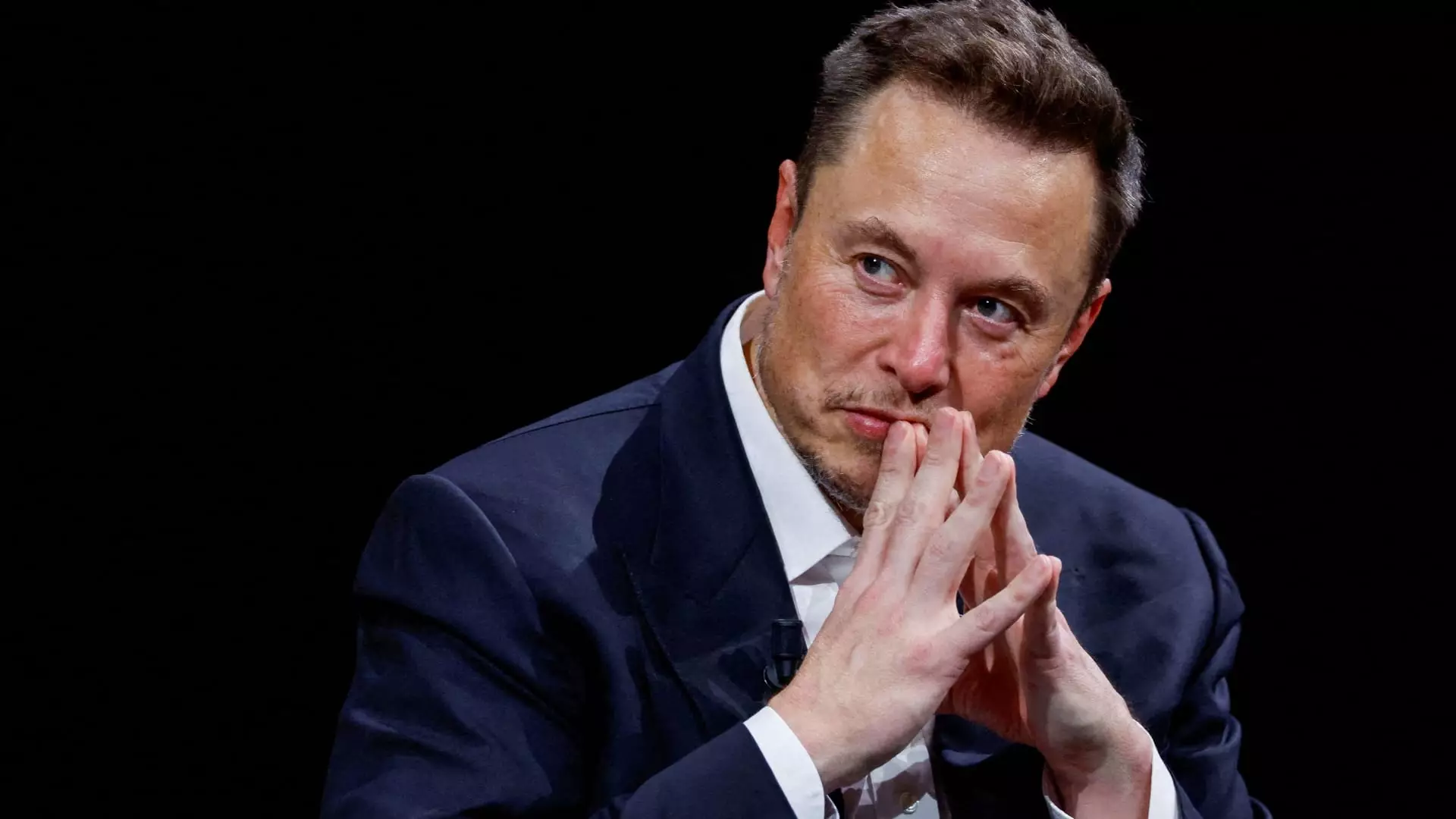Tesla’s latest controversy reveals a disturbing lapse in corporate accountability that cannot be ignored. The fact that the National Highway Traffic Safety Administration (NHTSA) has launched an investigation into Tesla’s delayed crash reports exposes a troubling pattern: the company’s failure to adhere to fundamental safety regulations. Automakers are mandated to report incidents involving automated systems promptly—a responsibility Tesla seems to have brushed aside until scrutiny was unavoidable. This gap in transparency isn’t just a bureaucratic technicality; it strikes at the core of trust that consumers place in autonomous vehicle technology. If a company with ambitions to dominate the future of transportation with self-driving cars is unwilling or unable to report accidents accurately and timely, how can the public be assured that these systems are safe?
Tesla’s recent history of selective disclosures suggests an unsettling prioritization of image over safety. While technically claiming to operate “semi-autonomous” systems, the company’s eagerness to hype full self-driving capabilities has often outpaced the reality of safety tests and data transparency. The delayed reporting of crashes not only raises questions about the true scope of incidents involving Autopilot or Full Self-Driving (FSD), but also exposes a dangerous culture that might undervalue accountability in the pursuit of technological progress. Such actions threaten to erode public confidence amid mounting concerns over EV safety and autonomous technology’s readiness for mainstream deployment.
The Illusion of Innovation Versus the Reality of Risk
Tesla, under Elon Musk’s leadership, has portrayed itself as the harbinger of future mobility—yet behind the shiny exteriors and ambitious claims lies a dangerous disconnect. The so-called “self-driving” features are far from foolproof; they are complex systems riddled with vulnerabilities that have already resulted in at least 59 fatalities, according to collision databases. It’s a gloomy testament to the perils as well as the hype surrounding autonomous vehicles. What’s more alarming is that Tesla’s push for robotaxi services, aiming to so-called “disrupt” urban transit, remains questionable in safety terms. Launching commercial passenger operations without rigorous, transparent safety oversight is not innovation; it’s negligence disguised as progress.
Musk’s vision seems to be more focused on signaling technological prowess—a marketing gamble that could jeopardize everyday lives. The fact that Tesla’s current offerings require drivers to remain alert and ready to take control underscores just how far we still are from reliable self-driving systems capable of operating without human intervention. Yet, the company relentlessly portrays its systems as close to implausible utopia. That narrative fuels investor excitement but dangerously oversimplifies the risks involved with immature or untested automation. Tesla’s obsession with advancing autonomous tech risks advancing passenger safety issues instead of solving them.
The Political and Economic Baggage Clouding the Future
Tesla’s problems extend beyond safety violations and faulted reporting practices; they are intertwined with a broader corporate and cultural recklessness. Elon Musk’s provocative political rhetoric, controversial stances, and distraction attempts, such as his attempted re-election efforts and controversial federal spending cuts, have sown distrust among consumers and regulators alike. Instead of focusing on transparent, safe technological development, Musk appears more committed to maintaining a provocative persona—often at the expense of public interest.
Financially, Tesla’s recent struggles—declining sales, profitability issues, and an uncertain outlook on robotaxi revenue—highlight a company caught between visionary ambitions and operational fragility. This disconnect cannot be ignored; the push for autonomous vehicles is not just a technological challenge but a test of corporate responsibility. Delaying crash reports, downplaying safety concerns, and rushing into commercial deployment despite unresolved safety issues depict a company more interested in hype than genuine safety.
In a society striving for sustainable and equitable transportation solutions, Tesla’s reckless pursuit of innovation risks creating a landscape where profits and political posturing outweigh public safety and ethical responsibility. Until Tesla fully commits to transparency, rigorous testing, and honest communication, it remains a ticking time bomb—potentially endangering lives in the name of technological progress.


Leave a Reply